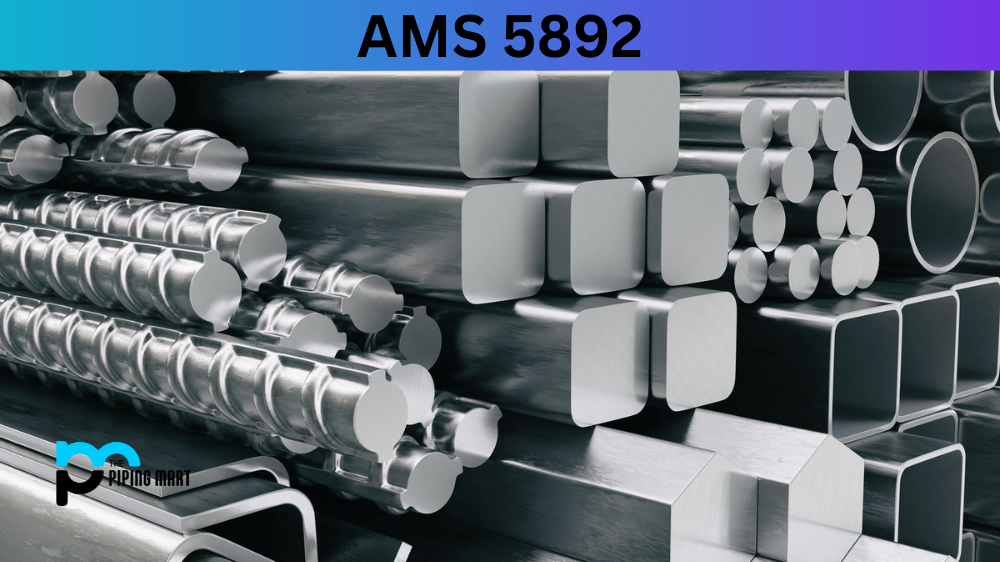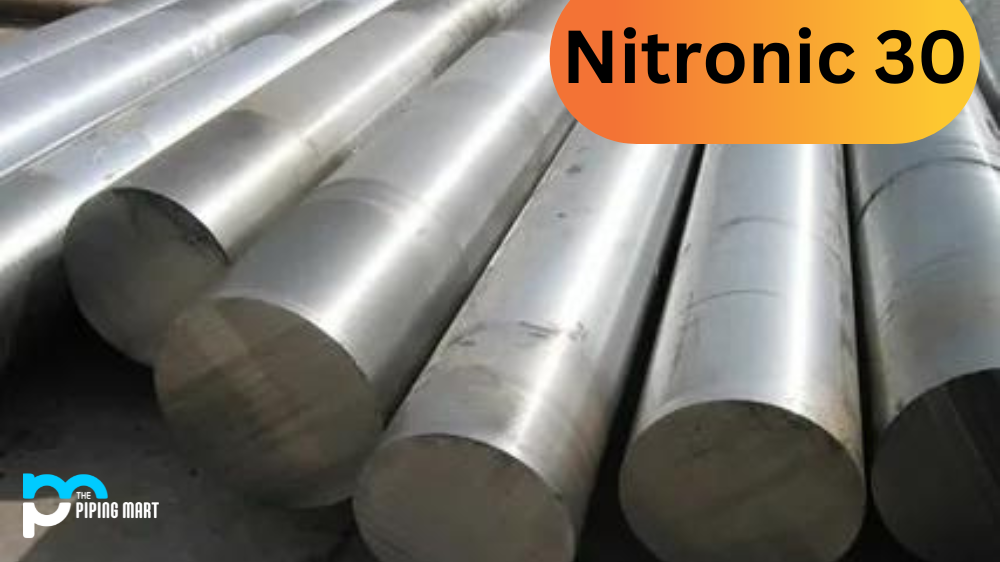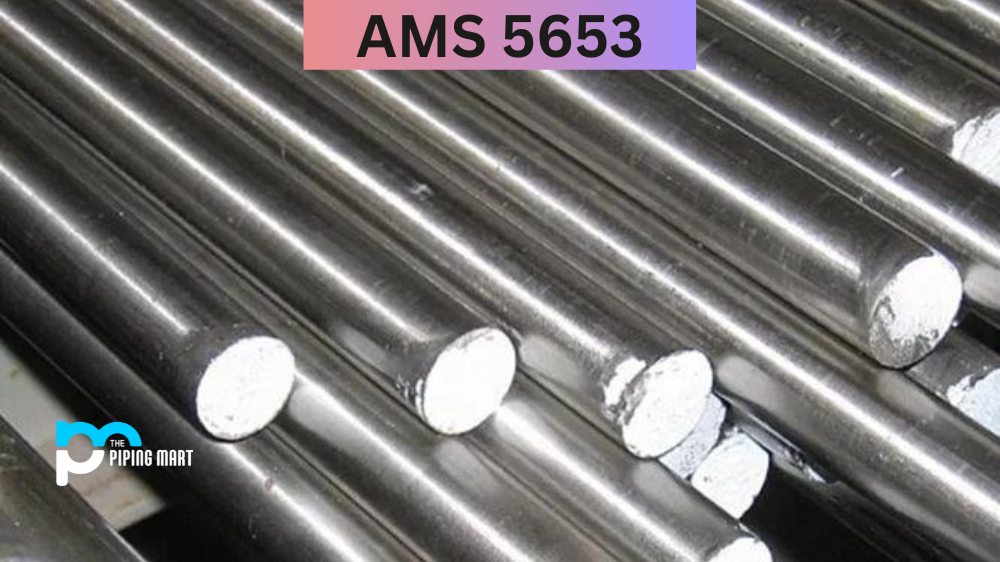AMS 5611 is a popular steel alloy widely used in various industries. It is known for its excellent physical and mechanical properties that make it ideal for different applications. This blog post will discuss everything you need to know about AMS 5611. We will cover everything from its composition to its uses and heat treatment. So, if you want to learn more about this steel alloy, keep reading!
What is AMS 5611?
AMS 5611 (also known as 410 Stainless Steel) is a specific type of stainless steel with various applications across several industries. This particular steel is known for its exceptional strength and durability, making it a popular choice for products that need to withstand harsh conditions. It is frequently used in applications requiring corrosion resistance, such as constructing aircraft and other vehicles exposed to salt water. Additionally, this steel is often used to manufacture medical equipment and instruments due to its biocompatibility and ability to resist pitting and crevice corrosion. Overall, AMS 5611 is an incredibly versatile material that offers a range of benefits to those who utilize it.
AMS 5611 Composition
AMS 5611 is a martensitic stainless steel alloy that contains Chromium, Nickel, and Molybdenum as its primary elements. It also has small amounts of Carbon, Manganese, Silicon, and Phosphorus. The alloy’s composition gives it excellent corrosion resistance and high hardenability, making it suitable for different applications.
| Grade | C | Mn | Si | P | S | Cr | Ni | |
|---|---|---|---|---|---|---|---|---|
| AMS 5611 | min. max. |
– 0.15 |
– 1 |
– 1 |
– 0.04 |
– 0.03 |
11.5 13.5 |
0.75 |
AMS 5611 Physical Properties
AMS 5611 has a density of 7.8 g/cm3 and a melting point of 1398°C. It has a high tensile strength of 1850 MPa, yield strength of 1520 MPa, and an elongation of 10%. It also has excellent corrosion resistance, making it suitable for harsh environments. Additionally, it has good heat resistance and can withstand temperatures of up to 450°C.
| Grade | Density (kg/m3) | Elastic Modulus (GPa) | Mean Coefficient of Thermal Expansion (μm/m/°C) | Thermal Conductivity (W/m.K) | Specific Heat 0-100 °C (J/kg.K) | Electrical Resistivity (nΩ.m) | |||
|---|---|---|---|---|---|---|---|---|---|
| 0-100 °C | 0-315 °C | 0-538 °C | at 100 °C | at 500 °C | |||||
| AMS 5611 | 7800 | 200 | 9.9 | 11 | 11.5 | 24.9 | 28.7 | 460 | 570 |
AMS 5611 Mechanical Properties
| Tempering Temperature (°C) | Tensile Strength (MPa) | Yield Strength 0.2% Proof (MPa) | Elongation (% in 50 mm) | Hardness Brinell (HB) | Impact Charpy V (J) |
|---|---|---|---|---|---|
| Annealed * | 480 min | 275 min | 16 min | – | – |
| 204 | 1475 | 1005 | 11 | 400 | 30 |
| 316 | 1470 | 961 | 18 | 400 | 36 |
| 427 | 1340 | 920 | 18.5 | 405 | # |
| 538 | 985 | 730 | 16 | 321 | # |
| 593 | 870 | 675 | 20 | 255 | 39 |
| 650 | 300 | 270 | 29.5 | 225 | 80 |
AMS 5611 Uses
AMS 5611 is used in various industries, such as aerospace, automotive, petrochemicals, and marine. It is commonly used to make ball bearings, pump components, turbine blades, and other high-strength and corrosion-resistant parts. Additionally, it is used in manufacturing surgical instruments and dental implants due to its excellent biocompatibility.
AMS 5611 Hardness
The hardness of AMS 5611 depends on its heat treatment. In its annealed condition, it has a hardness of approximately 240 HB. However, when heat-treated and tempered, it can have a hardness of up to 600 HB, making it suitable for high-wear applications.
AMS 5611 Heat treatment
AMS 5611 can be heat-treated to improve its hardness, strength, and corrosion resistance. The most common heat treatment process for the alloy is quenching and tempering. Quenching involves rapidly cooling the steel to room temperature to harden it. Tempering involves heating the quenched steel to a lower temperature to improve its toughness and flexibility.
Conclusion:
AMS 5611 material is a versatile steel alloy with excellent physical and mechanical properties. Its composition gives it excellent hardness and corrosion resistance, making it suitable for various industries. From ball bearings to surgical instruments, AMS 5611 has many applications. Additionally, its heat treatment can improve its hardness, strength, and corrosion resistance, making it even more useful. If you’re looking for a high-strength and corrosion-resistant material, AMS 5611 is a great choice.

A passionate metal industry expert and blogger. With over 5 years of experience in the field, Palak brings a wealth of knowledge and insight to her writing. Whether discussing the latest trends in the metal industry or sharing tips, she is dedicated to helping others succeed in the metal industry.




